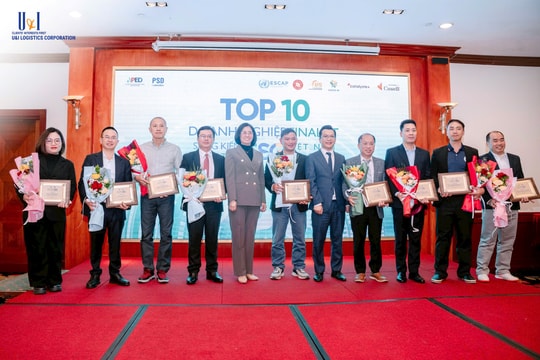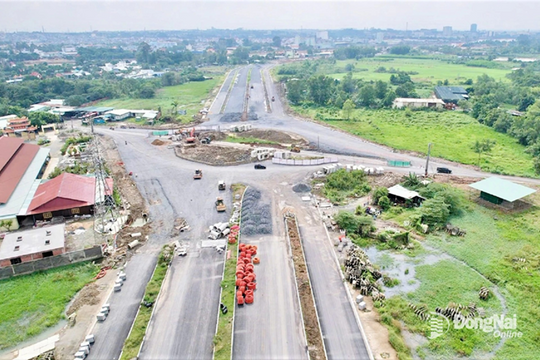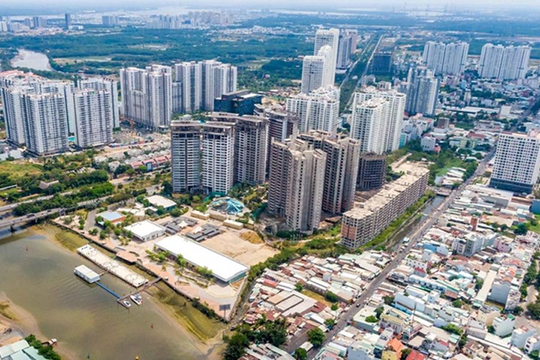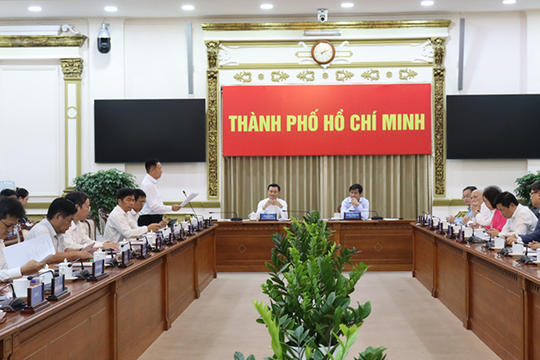According to Decision 442/QD-TTg, which approved the adjustment of the overall planning of the Vietnam seaport system for the period 2021-2030, with a vision to 2050 (dated May 22, 2024), the Ba Ria - Vung Tau (BRVT) seaport belongs to group No. 4 seaports in the key southern economic region.
BRVT is not only the gateway to the sea for the Southeast region, a major hub for the Mekong Delta (Mekong Delta) in international trade, but also the gateway to the sea for the southern economic corridor of the extended Mekong sub-region. In previous port development plans, the BRVT port has always been identified as a national port, an international gateway, not only serving as a gateway to the sea for the entire region but also aiming to function as an international transshipment hub.
The BRVT seaport area currently includes the Vung Tau - Cai Mep - Thi Vai area. This area has very favorable geographical and natural conditions for port development. Almost all these wharves are located in Ganh Rai Bay and the Cai Mep - Thi Vai River.
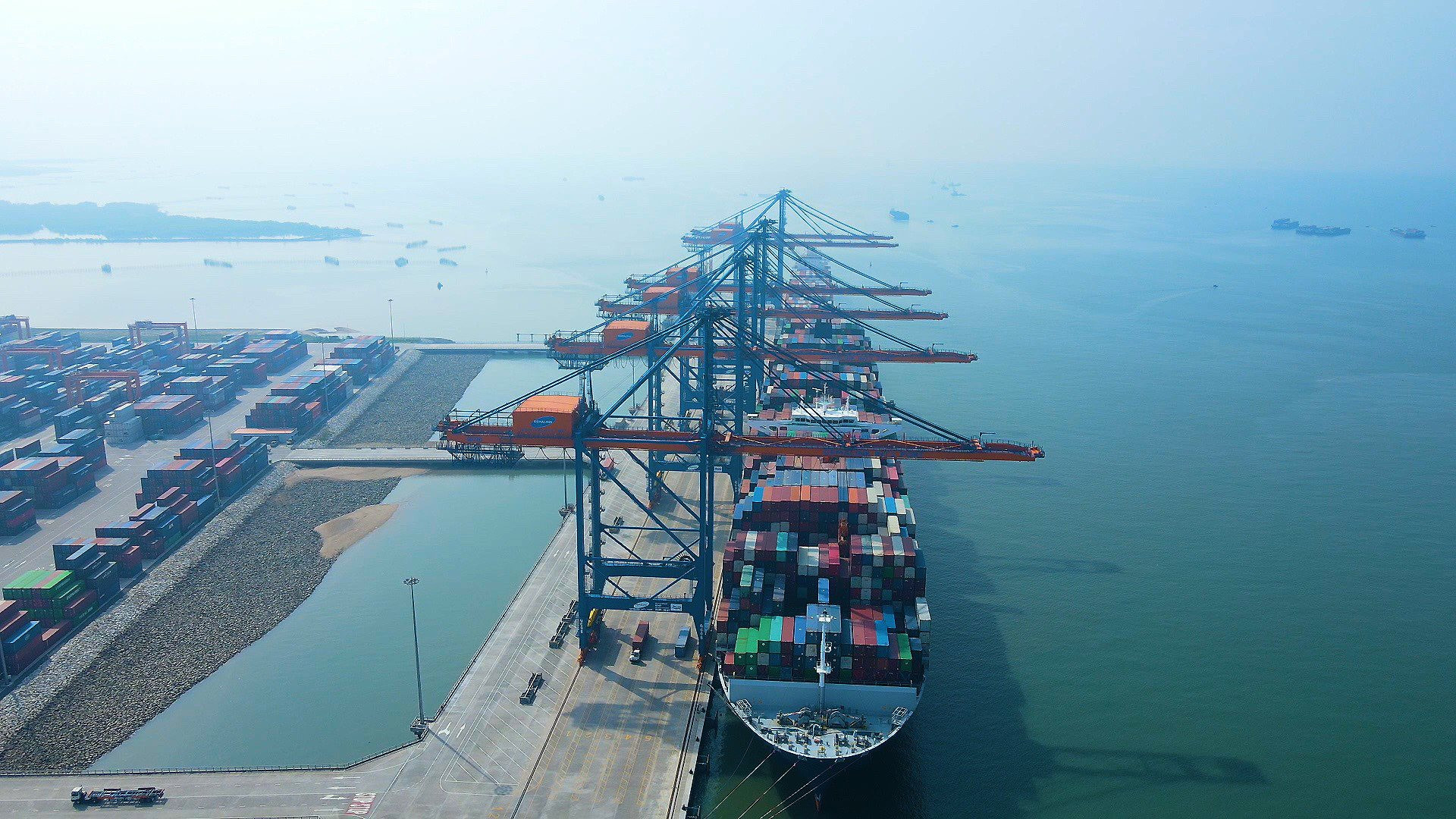
Container terminals in the Cai Mep area are currently ranked 32nd in the world in terms of capacity and 12th in operational performance. The terminals have received the largest generation of container ships in the world today, with a deadweight tonnage (DWT) of up to 232,000 tons and a capacity of over 24,000 TEUs. The ports in Cai Mep - Thi Vai have been significantly invested in and equipped with modern facilities. Many ports are joint ventures with leading global port operators and shipping lines from countries such as France, the US, Denmark, Japan, South Korea, and Singapore. These foreign investors not only bring investment resources, and advanced exploitation technology and management but also promote the connection of seaports with the global port network.
In 2023, despite many difficulties in the global economy, BRVT seaports still cleared nearly 113 million tons of goods, accounting for more than 14% of the total volume of goods cleared through the entire Vietnamese seaport system. Since the beginning of this year, BRVT seaports have continuously welcomed large ships directly to Europe. This indicates the recovery of consumption demand from importing countries, leading to better growth for port enterprises. BRVT is always one of the three localities with the highest container throughput in the country.
.png)
.png)
The "weakness" of the Vietnamese seaport system has always been connectivity; however, BRVT seaports have a significant advantage. According to Mr. Pham Anh Tuan, General Director of Portcoast Corp, in terms of connectivity infrastructure, the seaport system in the Vung Tau - Cai Mep - Thi Vai area is currently connected through three main modes: sea, road, and inland waterway. However, according to the plan, the seaport system will be connected by all five modes of transport with the Long Thanh airport mega-project under construction and the Bien Hoa - Vung Tau railway line in the future.
Regarding the road network, the port system is connected to the inter-regional traffic network, including: National Highway 51 (8 lanes) currently in operation; the inter-port road (6-10 lanes) connected to Phuoc An Bridge and the Ben Luc - Long Thanh Expressway (under construction); the Bien Hoa - Vung Tau Expressway (6-8 lanes) under construction; and the Ho Chi Minh City Ring Road 4 (4-8 lanes) under preparation for investment. The routes connected to the inter-regional traffic network include the Cai Mep - Phuoc Hoa route currently in operation, which will connect to the Bien Hoa - Vung Tau Expressway; the My Xuan - Ngai Giao route (4 lanes) connecting the My Xuan area with the Bien Hoa - Vung Tau Expressway and Ring Road 4.
The port system is connected to the Southeast region through internal Southeast regional rivers such as: Cai Mep, Gio Gia, Dong Tranh, Long Tau, Nha Be, Saigon, or Dong Nai rivers. These routes share maritime channels, allowing inland waterway vessels with a tonnage of up to 10,000 tons and a capacity of 300-400 TEUs.
For the Mekong Delta, for many years, the Government, with the support of the World Bank and international financial institutions, has been striving to develop a waterway transport network to connect inter-regional transport corridors from the Mekong Delta to the Southeast region and Cai Mep - Thi Vai. The channel from buoy No. 0 to the Cai Mep area has just been dredged to a depth of -15.5 m and a width of 350 m. The Ministry of Transport is continuing to implement the project to separate traffic in the Ganh Rai Bay area. The channel upgrade projects will enhance maritime capacity for ships entering and leaving the Cai Mep - Thi Vai port area and the Southeast seaports.
.png)
.png)
According to Decision 442/QD-TTg, by 2030, the cargo through group No. 4 seaports is forecasted to reach 500 to 564 million tons (container cargo from 29 to 33 million TEUs, excluding international transshipment cargo); and passengers from 2.8 to 3.1 million. The vision to 2050 is for this group of ports to meet the demand for cargo throughput with an average annual growth rate of about 3.5 to 3.8%; passenger growth is expected to average about 0.9 to 1.0% per year.
Once Long Thanh airport is completed and put into use, it will connect with the logistics supply chain, combining aviation - maritime with the seaports of BRVT. The Bien Hoa - Vung Tau railway line, which has been planned and is being studied for investment preparation, will have a 5.3 km branch line connecting to the Thi Vai seaport area and a 9.1 km branch line connecting to the Cai Mep seaport area and the Cai Mep Ha logistics center. With its large-volume transport capacity and connection to the North-South railway line, it will expand the attractive range of BRVT seaports in the near future.


.png)
.png)
.png)

.png)
.png)
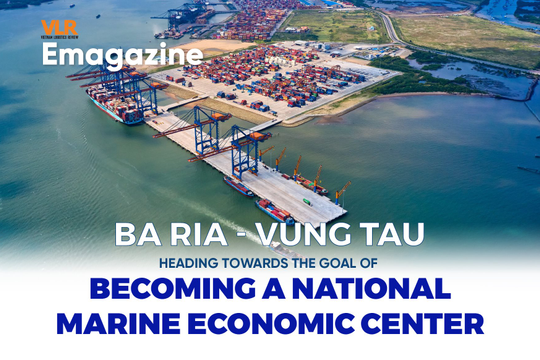
.png)
.png)
.png)


.png)
.png)



